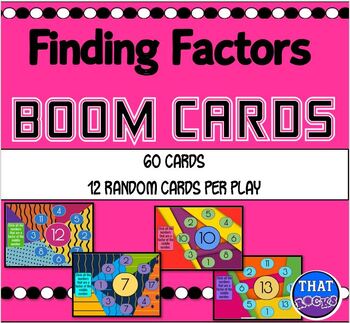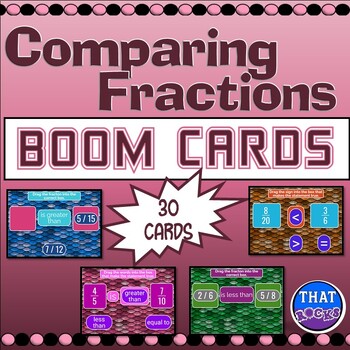Math Mega Bundle of Boom Decks
- PDF
- Internet Activities
Description
This Math MEGA Bundle has 50 sets of Boom Cards, perfect for reviewing, practicing, stations, and independent work, at 1/3 of the price! This 50 Boom Deck titles are listed below. Save yourself hours of work with this bundle.
4. Equations with the Distributive Property
6. Convert Mixed and Improper Fractions
7. Simplify Fractions to Lowest Terms
8. Multiplying Fractions by Whole Numbers
9. Adding and Subtracting Fractions with Common Denominators
10.Adding and Subtracting Fractions with Unlike Denominators
11. Multiplying Fractions, Answer in Lowest Terms
12. Dividing Fractions, Answer in Lowest Terms
13. Comparing Fractions with Different Denominators
14. Adding and Subtracting Positive and Negative Integers
15. Multiplying and Dividing Positive and Negative Integers
17. Adding and Subtracting 3 Digit Numbers with Regrouping
18. Adding 2 Digit Numbers with Regrouping / Carrying
19. Subtracting 2 Digit Numbers with Borrowing/ Regrouping
20. Adding and Subtracting 2 Digit Numbers with Regrouping
21. Comparing and Ordering Numbers Less than 100
22. Comparing and Ordering Numbers Up to 10,000
23. Rounding 2 and 3 Digit Numbers to 10
24. Rounding to the Nearest 10, 100, and 1000
25. Multiplying 2 Digits by 2 Digits
26. Multiplying by 6, 7, 8, and 9 Practice
27. Multiplying by 10, 11, and 12 Practice
28. Multiplying 3 Digits by 1 Digit
29. Long Division with No Remainders
30. Long Division with Remainders
31. Adding Decimals (Challenge Level)
32. Subtracting Decimals (Challenge Level)
33. Multiplying Decimals by Decimals
34. Long Division of Decimals by Decimals
35. Multiplying Decimals by Single Digit Whole Numbers
36. Estimating When Adding and Subtracting 3 and 4 Digits
37. Finding Slope from 2 Points
38. Scientific Notation with Positive Exponents
39. Scientific Notation with Positive and Negative Exponents
43. Solving Systems of Linear Equations
44. Greatest Common Factor and Least Common Multiple
45. Converting Between Customary Measurements
46. Converting Between Metric Measurements
48. Order of Operations/ PEMDAS
49. Mean, Median, Mode, Range





